Going beyond horror with Martha is Dead
Dead right.
Though the terracotta floor tiles are worn, and the plaster on the walls is pockmarked with age, it's gorgeous here. Umbrellas sit in a large urn beside the cold marble fireplace, but there's no need for them today; today, sunshine pours in through the unshuttered windows and everything it touches is bathed in its golden glow. Two oversized, squishy leather chairs bracket a small table upon which a fan oscillates - slowly and without much enthusiasm - blowing a light breeze into the centre of the bright room. Beside that stands an upright piano - it looks well-used but in good repair - and while there are candles dotted around, this neat and modest dining room boasts a stately electric candelabra that sits directly above the dining table. A dining table with a body on it.
While not wholly unexpected - this is called Martha Is Dead, after all; the dead-ness is baked right into the bloody title - the sight of the corpse in the coffin is somehow all the more unsettling given the mundane backdrop of this bright, homely place. Our protagonist, Giulia, doesn't say anything as she passes by it, even though her head has been full of Martha since she awoke that morning. Instead, she steps out of the rustic Tuscan home and out into a lush courtyard with citrus trees and giant clay urns and a stunning, green vista.
Now, I know what you're thinking because I felt it, too. It's the classic horror bait-and-switch, isn't it? The game will draw us in with its stunning recreation of 1940s Tuscany, a world stuffed with colour and charm, just long enough to let us get comfortable before the sun sets and things get spooky. It's Horror 101, and wholly predictable.
But that's the thing, you see; Martha Is Dead isn't a horror: it's a thriller. And it's only being described as a psychological thriller because what creator Luca Dalcò really thinks it is - a horror drama - is a genre that doesn't really exist yet, and that's a hard sell in any industry keen to neatly pigeonhole its products.
"I think that the word horror, as a general definition, can make people think a game is something different from what it actually is," creator and LKA founder, Luca Dalcò, tells me via a translator. "It's easy to attach a term about a game, yes, but this is a horror drama.
"The problem is, that's a very difficult concept to communicate to an audience because there is no [such thing as a] horror drama... so that's why we've defined the game as a psychological thriller. But you've got horror. You've got thrillers. But drama and horror can live together."
You see, although the tale undoubtedly takes some dark turns - and trust me, things got really bleak in the 30-minute hands-off exclusive slice served up to Eurogamer last week - Martha Is Dead doesn't want to scare you as much as it wants to share its deep, painful story with you. Yes, it's dark. Yes, it's stuffed with mature themes and some deeply unsettling imagery, not dissimilar to its predecessor, Town of Light. But none of that is as important as the central story of love and loss - the "serious trauma of losing someone you love" - that lies at the heart of Martha Is Dead.
"The game doesn't have jump scares," Dalcò insists. "It doesn't have any cliché things that you expect - giant zombies or whatever.
"The images [within the game] that can be defined as horror are to create a bit of discomfort to the player. This is a technique to create empathy with the main character because we want the player to become the protagonist of the game."
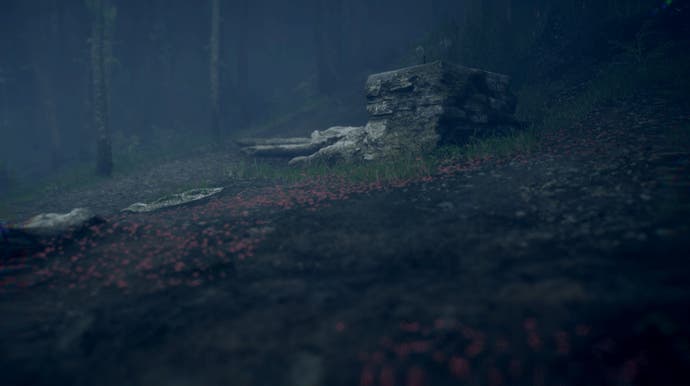
It doesn't seem like it'll be hard to empathise with Giulia, by the way. Despite the language barrier - Martha Is Dead is proud of its "unashamedly authentic Italian voice acting", which is the game's default language setting - and the fact she's living in 1940s Italy during World War 2, she's surprisingly relatable; warm and kind, compassionate and observant. I'm not sure I fully understand what happened when she woke up that morning and dressed in the clothes of her dead twin sister, just as I'm not entirely clear on why she's trying to deceive her parents about her identity. To be fair, though, these gentle mysteries do precisely what I suspect they're supposed to; they intrigue the hell out of me.
The small slice of Martha is Dead I've seen thus far is a curious offering, even if it does leave me with more questions than answers. Just like LKA's previous project, Town of Light, the photorealistic visuals are astonishing, and it's hard not to be distracted by the small details scattered throughout this world.
You'll get the sense that 1940s Tuscany - which has been painstakingly and faithfully recreated from "loads of materials based on research from [LKA's] previous game" - isn't as much a backdrop as much as it's a character all of its own.
"We are sticklers for detail," Dalcò explains, reflecting on the five-year development period - a significant chunk of time for an indie studio. "We always return to each environment to rework it several times because we believe that small details which could be overlooked at first glance can actually convey that all-important sense of reality. That is what we are aiming for, and I believe, and hope, that we will be able to reach our goal, especially because we work in the same environment."

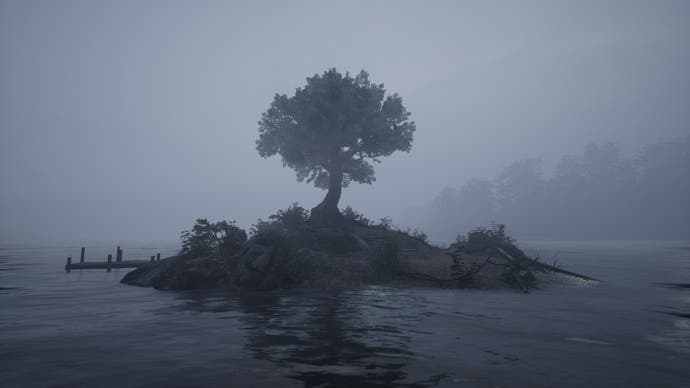
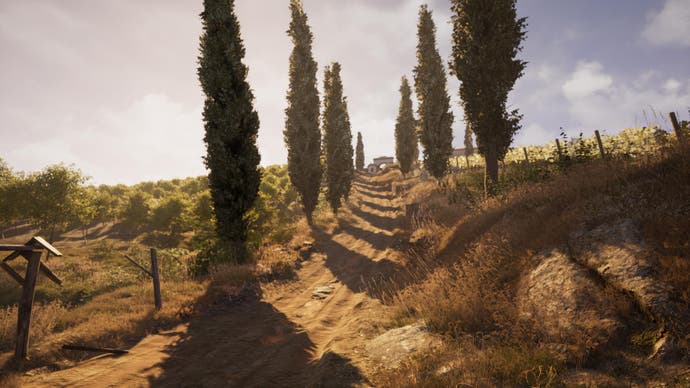
Yup, you read that right; to know if the team has successfully captured a real-life location, Dalcò simply walks out of the door of his studio. "If I want to check if the atmosphere is right, I can walk out of the studio and take a look around because the environment here is indeed the one portrayed in our game."
As I take it all in, wandering wide-eyed through these stunning environments, I wonder if I'll ever truly learn to trust this place; by the end of my limited time with the game, I seriously doubt it. I'm reminded of Silent Hill, and specifically the seminal second instalment. Yes, I know that's a bold comparison - sacrilicious, even - but I promise I'm not just being hyperbolic here as the world I thought I knew twists and turns into something different. Something worse.
Later in the hands-off preview, we return to the body. This time the room is dark, and I need to take a picture of the corpse in the coffin. Martha is horribly young, her hands clasped loosely together across her lap, her eyes closed but encased in dark circles. There's an abrasion staining the otherwise flawless porcelain skin of her forehead, and light scratches stain her mouth. I didn't notice these scrapes last time I was here, but forced as I am to photograph her face now? Well, now they're unmissable.
The camera is a key feature of the gameplay this time around, and I can't proceed without framing the subject of my picture, focussing it correctly, and then ensuring I'm using the correct exposure. It's horribly unsettling - horror has taught me Martha will snap her head towards mine and drop me a diabolical wink any second now - not least because Guilia doesn't say a word as she goes about her task. As she carefully lines up her shot and appraises the room with nothing but a lighter to push away the darkness, I realise there's nothing sunny or sweet about this place. Not anymore, anyway.
The camera features heavily in what I've seen of the game so far. It's a touch dull at first - there's some fiddly bits and even a full dark room sequence to muddle through - but it's a new gameplay mechanic introduced to give you more control, Dalcò tells me, acknowledging that some players accused Town of Light of being little more than a walking simulator. Personally, I think walking simulators get a bad rap - I don't mind walking through a game if the story I'm being told is gripping enough, and Town of Light certainly did that for me - but it's a sign that LKA is keen to innovate and improve immersion. I don't know yet how pivotal that camera will be, but even though Martha Is Dead is not the first game to incorporate a device that lets you distance yourself from a "reality that can sometimes be even crueller than fantasy", I'm looking forward to finding out more about how it plays out in Guilia's mysterious story.
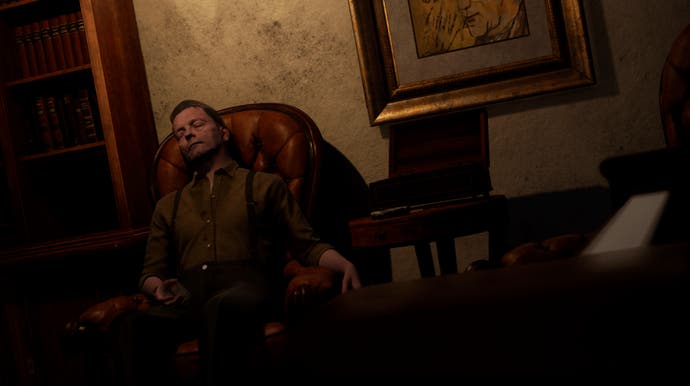
Balancing immersion with storytelling is difficult to get right, Dalcò explains. While Guilia can generally move about and explore her world autonomously, there is still part of the story that is "narrated in third-person, as though you are spectating" to control the player's perspective.
"It's sometimes very difficult to give full control to the player, to tell everything the game wants to tell using full interaction," he admits, adding that sometimes, the best way to deliver a story-driven game is by holding the player back and stripping away their agency.
"There are some 'holy!' moments in the wider scale of narrative where the player should not interfere," he adds. "Those moments need to be told because it's part of the grand scheme. [Game developers] are scared sometimes to make very straight choices in what the narrative is."
Perhaps unsurprisingly, things take a grim turn towards the end of the preview. The lamp we were carrying burns out, and there's a chase sequence - good grief, do I hate chase sequences! - before we race through a war-torn trench - at least, I think it's a trench? - and end up standing before a huge, mahogany door. Countless skulls and bones protrude from the muddy walls on either side of us, and I know that whatever's waiting on the other side of that door may not be too happy to see me.
Which is interesting, because Dalcò - the man behind Martha Is Dead - is quick to smile, and is candid and enthusiastic about his work. But while he insists neither Town of Light nor Martha are autobiographical and are "not connected to personal stories of Luca", he admits "there is a lot of Luca inside those games" alongside a healthy dollop of superstition and Italian folklore.
Finally? I can't help but ask about that name. I can't recall the last time a title made me sit up and pay attention to it in the way Martha Is Dead did, and I want to know how, exactly, Dalcò and LKA came up with it. It turns out Martha Is Dead was actually the project's developmental codename, but the team loved it so much it stuck. Dalcò says it speaks to the directness of both the lead character and the premise of the game itself.
"There are no bells and whistles," Dalcò laughs. "That is it. Martha Is Dead. That's the game."
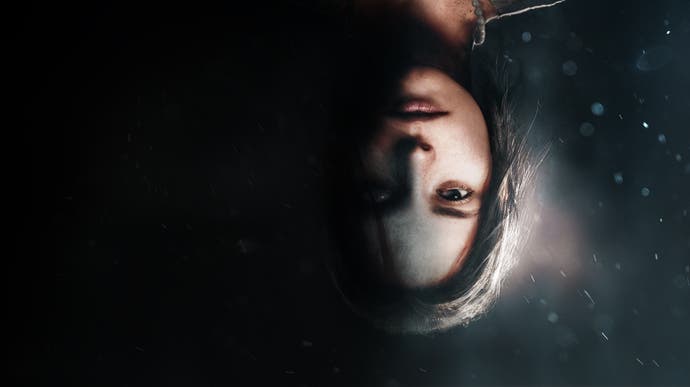


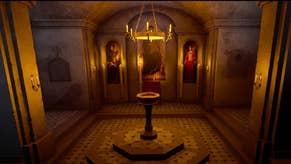


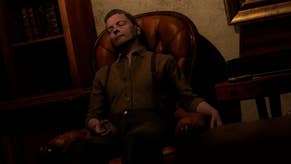






.png?width=291&height=164&fit=crop&quality=80&format=jpg&auto=webp)
